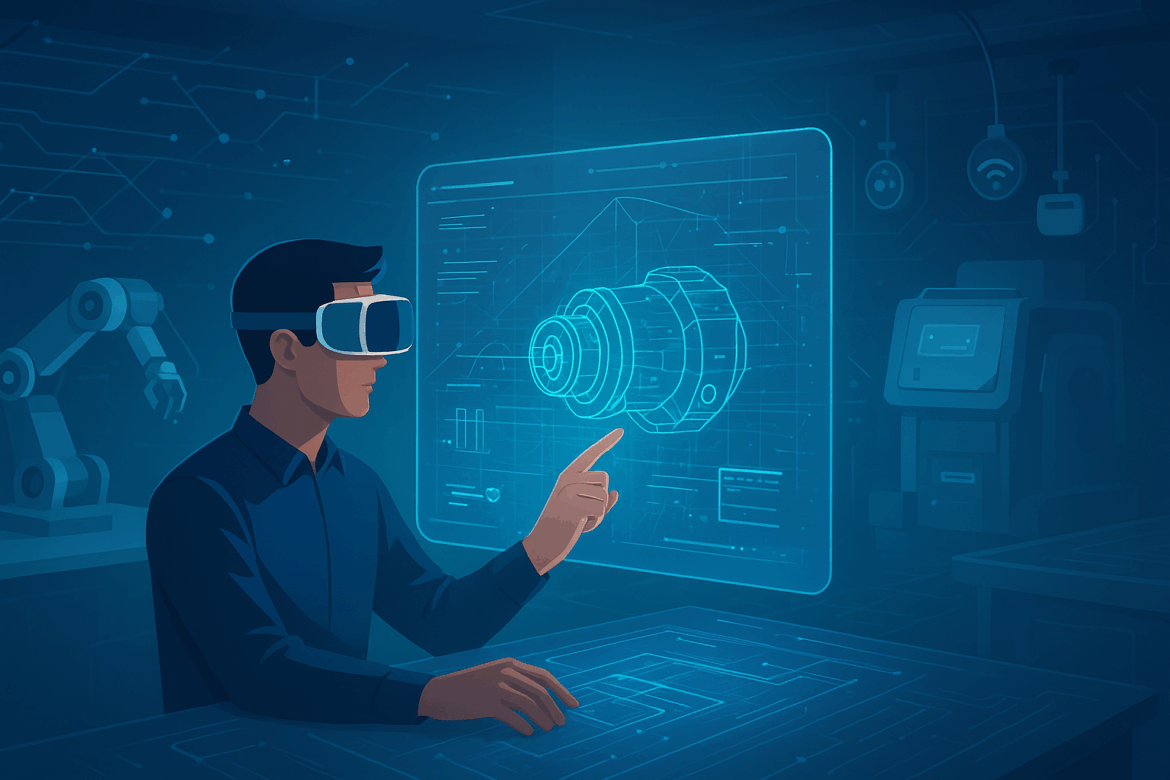🔍 What Is DSD?
Design for Sensing & Digitalisation (DSD) offers a fresh approach to creating machines, products, and systems. Put , it involves incorporating sensors and digital tech from the outset of the design process.
Rather than just building a product that “works,” engineers now craft products that can gather data, exchange information, and grow smarter.
Example:
- A car that monitors its own engine health.
- A bridge that measures its strength and condition.
- A factory machine that signals when it needs fixing.
DSD = Clever design + Digital smarts.
⚙️ Why DSD Matters
In the past, engineers designed, built, and then tested things. Now, because of digital tech and clever sensors, products can keep an eye on themselves as they work.
This helps industries:
- Spot issues (before things break).
- Make things work better using info.
- Cut down on waste and stops.
- Save time and cash on upkeep.
put, DSD changes old machines into smart systems that know what’s going on.
🌐 How Going Digital Makes DSD Strong
Going digital is what brings all the sensor info to life. It uses smart tech, internet storage, and digital copies to look at and make designs better all the time.
Key Tech Behind DSD:
- Digital Twins – A real-time digital replica of an actual product that demonstrates its real-world performance.
- AI & Machine Learning – Aids in forecasting problems and enhancing designs.
- Cloud & Edge Computing – Quickly saves and handles vast quantities of sensor information.
These tools enable engineers to reach better conclusions more and create products with the ability to change over time.
🌱 Advantages of DSD
Designing to sense and digitalize brings numerous benefits:
- Live Monitoring: Products can tell us how they’re doing at any time.
- Early Problem Detection: It helps catch issues before they cause harm.
- Eco-Friendly Design: Information helps cut down on wasted energy and materials.
- Continuous Improvement: Each new model gets better by learning from old data.
- Enhanced Safety: Sensors alert us right away about unsafe conditions.
DSD allows engineers to create designs that are safer, smarter, and better for the environment.
🚀 What’s Next for Engineering Design
In the coming years everything we make will have sensors and digital smarts built right in. From clever homes and cars to factories and cities — every system will be able to gather info learn, and grow.
This means the upcoming crop of engineers won’t just construct machines — they’ll create digital ecosystems that think, talk, and get better on their own.
🏁 To wrap up
Design for Sensing & Digitalisation (DSD) has an impact on how engineering operates. It blends smart sensors AI, and digital tools to make products smarter more productive, and eco-friendly.
For industries and engineers, adopting DSD isn’t just an upgrade — it’s essential to remain competitive in a linked, data-driven landscape.
